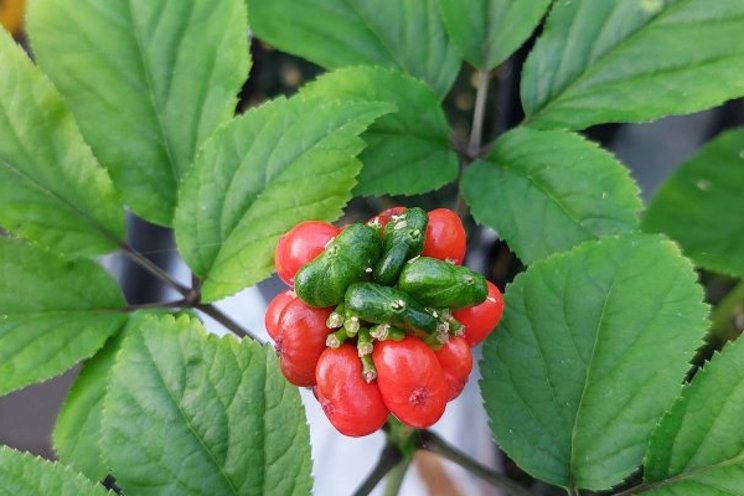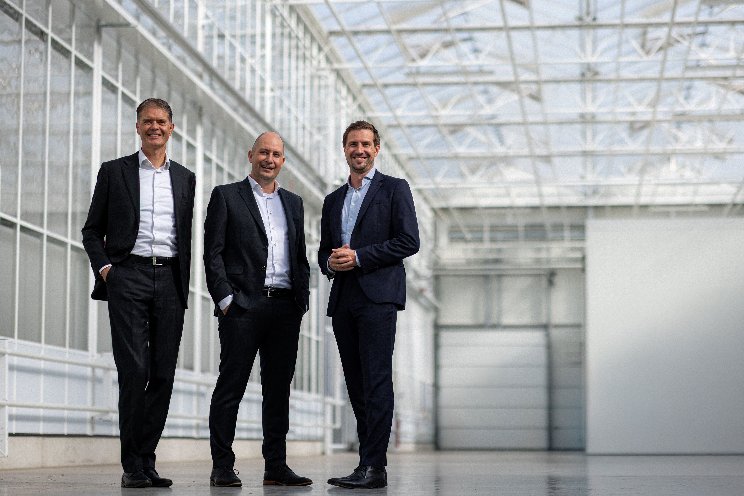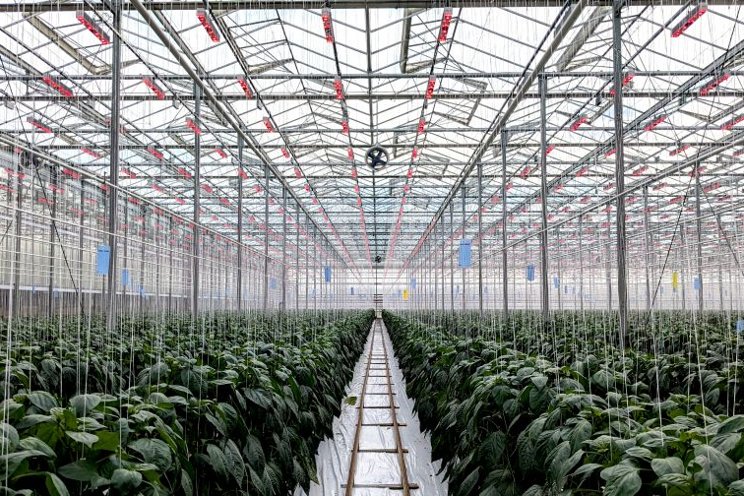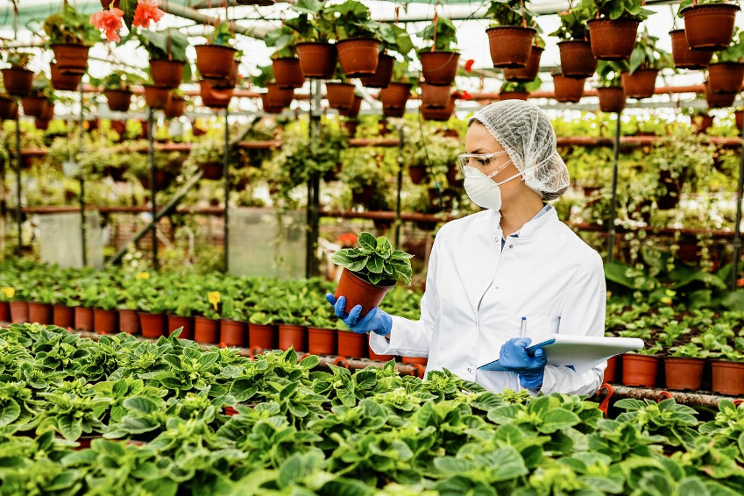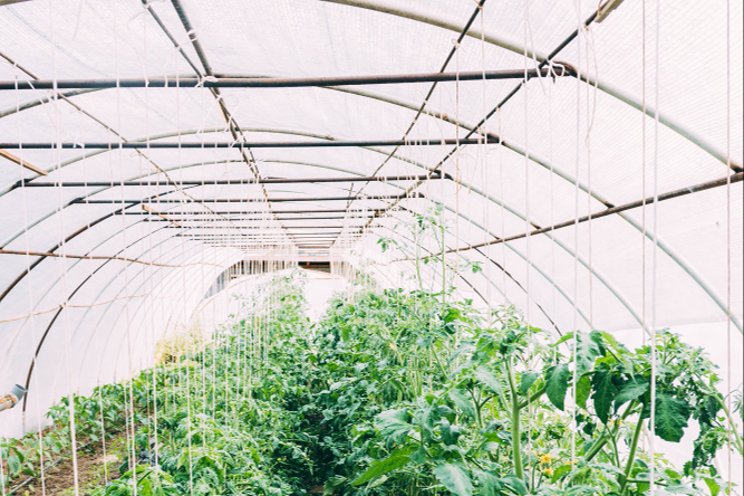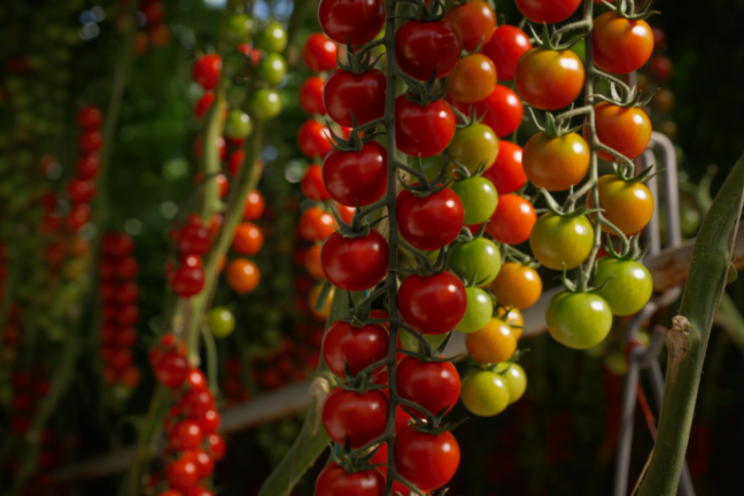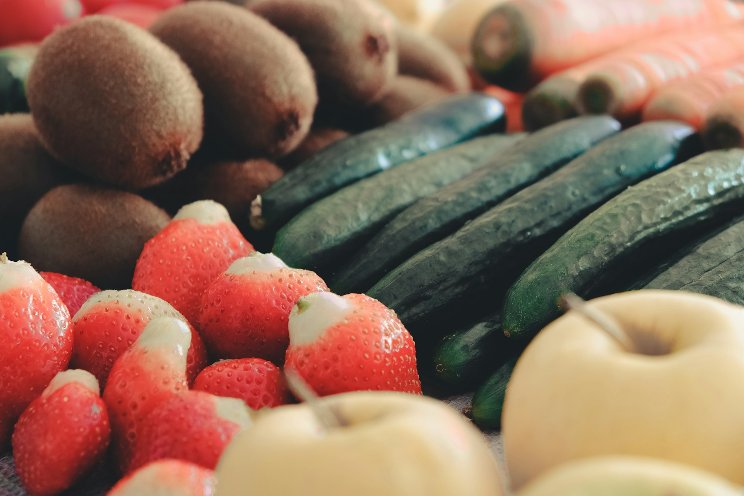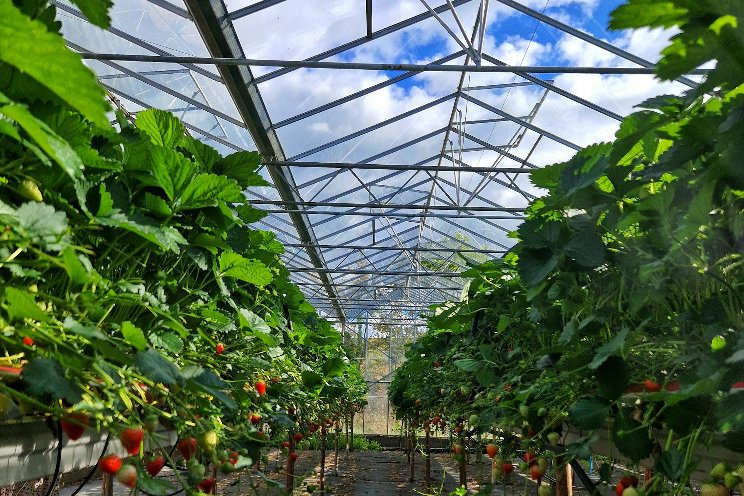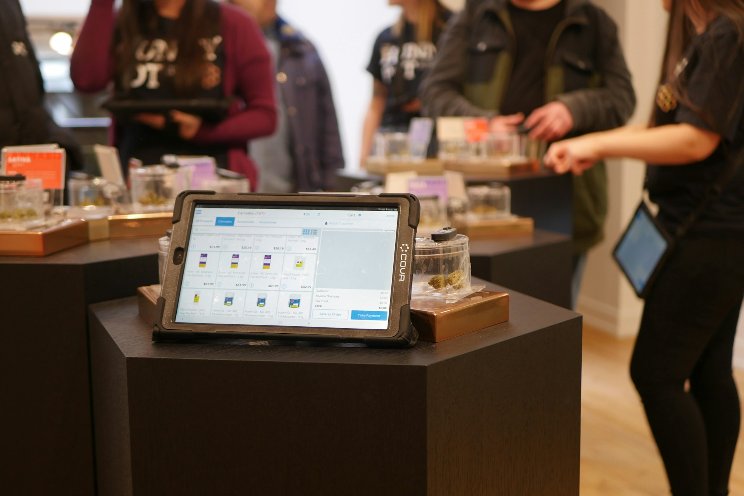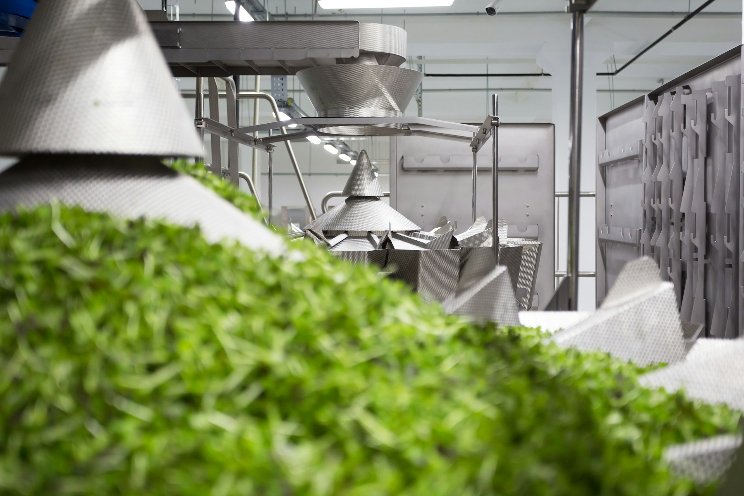Best management practices for receiving new plants
Added on 04 January 2024
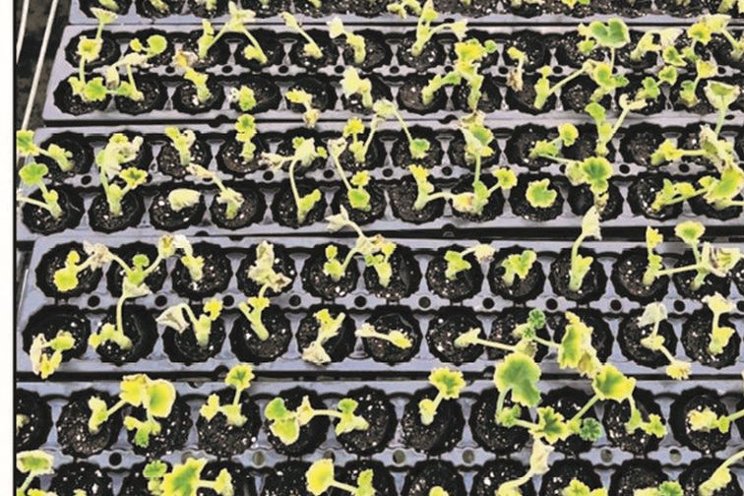
Growers do not have control over the plants before receiving them; however, the best remedy for “purchased-in” plant problems is a proactive approach that starts immediately upon receiving new plant material. In this article, the team at Griffin offers best practices for growers to implement when their new plugs/liners are delivered.
Effective greenhouse management hinges on best management practices like proper sanitation and scouting. Sanitation is a two-step process composed first of using cleaners to remove debris, mineral scale, algae, and biofilm from hard surfaces and irrigation components. Secondly, sanitizers are used such as stabilized peroxygens, like SaniDate 5.0 and ZeroTol 2.0 or longer residual quaternary ammonium products such as KleenGrow.
Scouting can be facilitated with yellow sticky cards or a hand lens. It is especially important to scout incoming plant material so that a clean greenhouse does not become contaminated. Smaller pest populations and early-stage diseases are, of course, easier to manage than large ones, so scout vigilantly to catch infestations and pathogen presence early on.
More news
